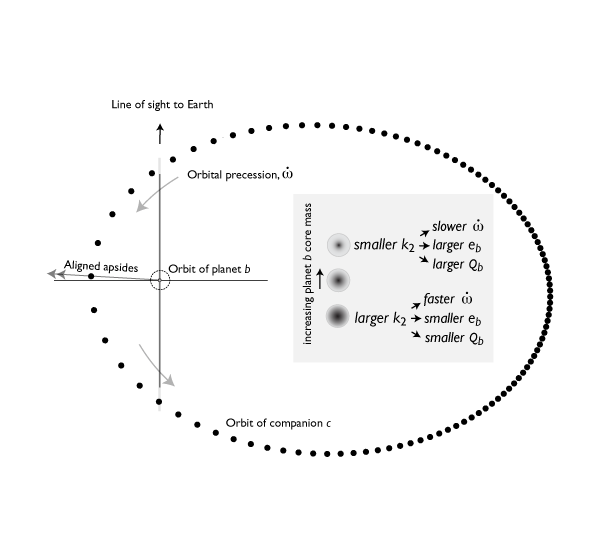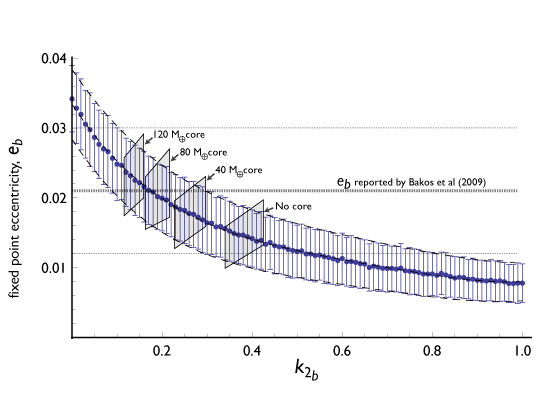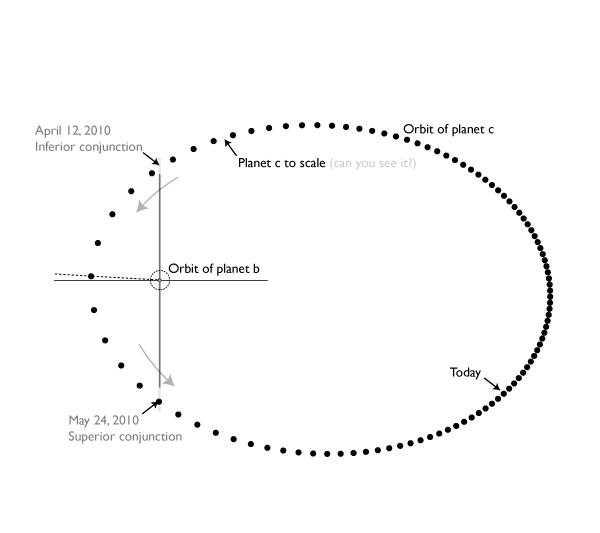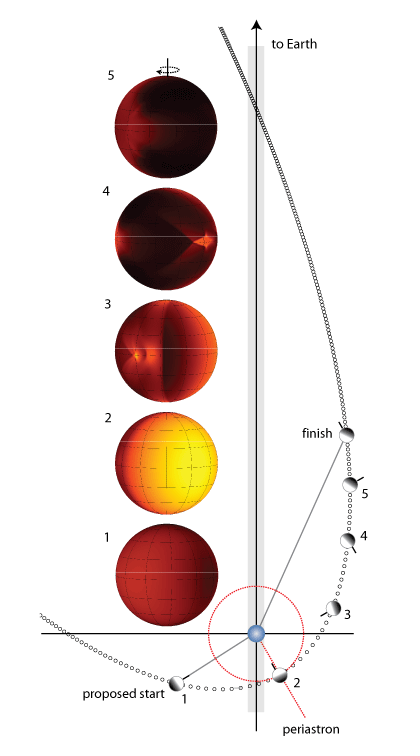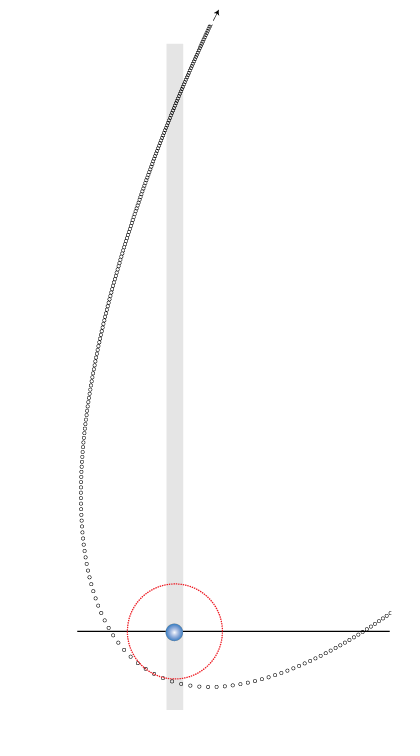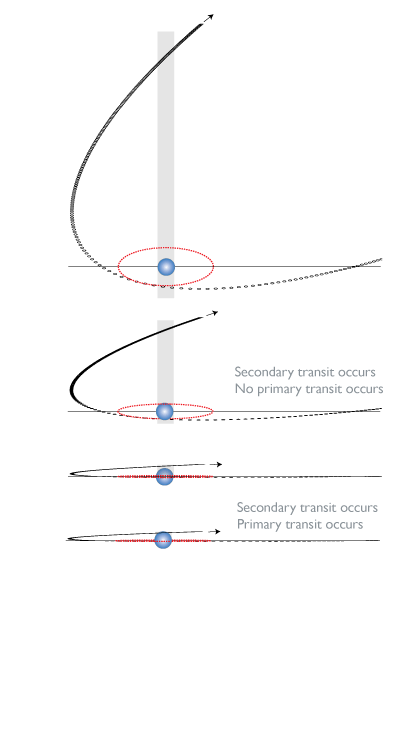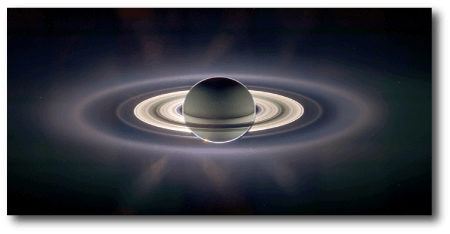
Image: JPL/Cassini
Just a heads-up for those of you who haven’t yet firmed up your television viewing schedules for tomorrow night.
I’ll be appearing in a episode devoted to astrophysical disks (that is, rings) that’s set to air Tuesday night on the History Channel’s Universe series. Time is 9PM/8C. (Not sure when it goes down on the West Coast, “check your local listings”.)
The show delves into the ubiquity of disk-like structures in astrophysics, covering the range of scales from the band of our geosynchronous satellites to the rings of the Jovian planets all the way up to quasars and disk galaxies.
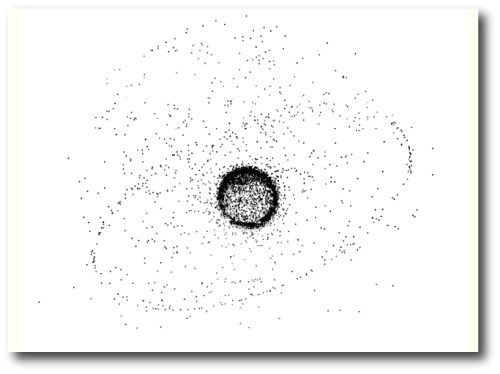
The swarm of satellites and space debris, including the ring of geosynchronous satellites (Source).
To create a visual analogy for Saturn’s rings, we visited a Pizza My Heart in Santa Cruz where they still hand-throw the pizza dough. I lecture about how the elastic forces in the spinning dough play a role similar to a the gravity of the central planet in providing inward centripetal acceleration. All the while, they’re throwing the dough in the background.

Throwing pizza dough to emulate an astrophysical disk.
Later, they got dramatic close-up footage of the spinning disks. There were were several moments when the spinning dough was severed azimuthally, causing the outer edge of the dough to go flying off at a tangent, narrowly missing camera and crew. I ad libbed that this is similar to what would happen with the ring particles if Saturn’s gravity could somehow be cut off.
Tune in to see whether it all bakes up as a credible piece of science popularization…


